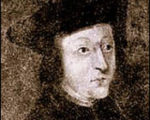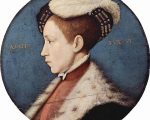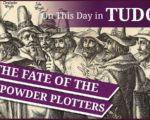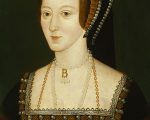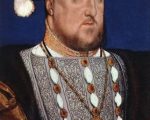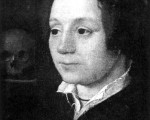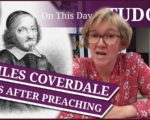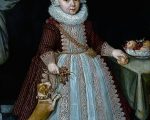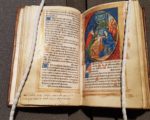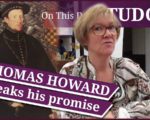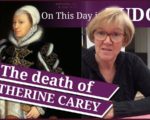Thank you so much to Tudor Society member Corinna Hahn for asking the following question for our “Expert Answers” section. It’s a very interesting question.
I (Claire) opted to answer this one as I’ve done lots of research on the two books of hours in the collection at Hever Castle, and I was lucky enough to hold them and talk to my dear friend, castle supervisor, Owne Emmerson, about them back in May. I’ve included the video below my answer so that you can find out all about these beautiful books.
Here is Corinna’s question in full:
“I’ve got some questions about one book of hours that Anne Boleyn owned and that is now at Hever Castle. It’s the one with Anne Boleyn’s inscription under a prayer adjacent to a miniature of the presentation of Jesus in the temple. The inscription reads “Remember me when you do pray that hope doth lead from day to day.”
This rhyme has intrigued me for years, since we don’t know when and where Anne wrote it, to whom she wrote it and what the real message behind her inscription was.
It seems to me that Anne didn’t write in her prayer books heedlessly, every inscription she has left somewhere is there for a reason and where she placed her “Remember me” rhyme could possibly be a clue to the point of time when she wrote these words.
My questions are: Under which text did she write her “Remember me” rhyme? Is there a transcription and/or translation of this text? Why did she place her message there? Was the rhyme she wrote meant as a prayer request or a farewell to someone? Is it known who owned the prayer book after her death? Where was the book before Hever Castle acquired it?”
[Read More...]






